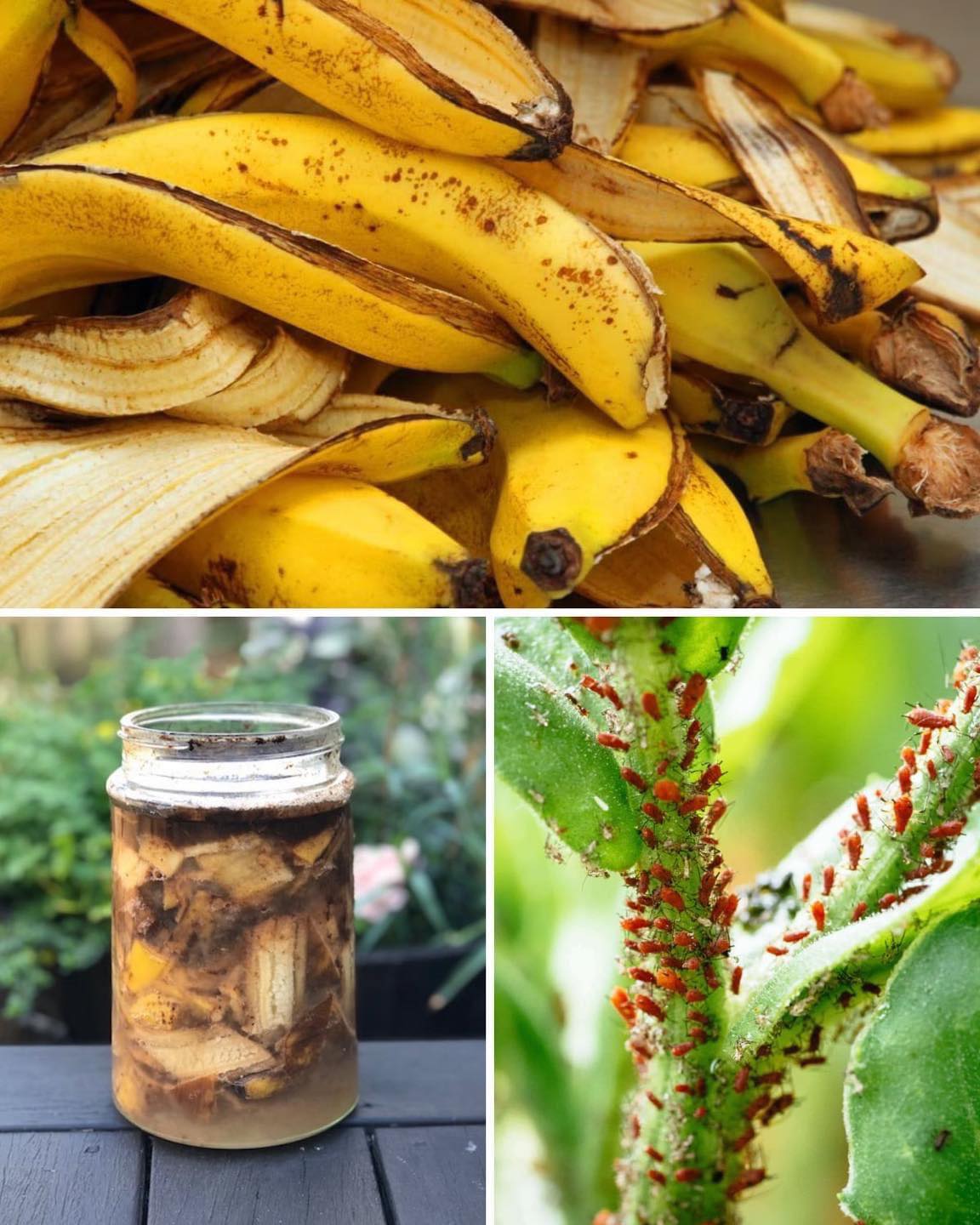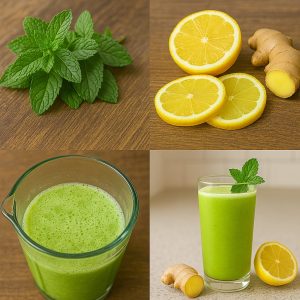
Aphids are the bane of many gardeners, as these tiny, sap-sucking insects can wreak havoc on plants, causing leaves to curl, turn yellow, and overall weakening the plant.
While there are various chemical pesticides available to combat aphids, some gardeners prefer to opt for more eco-friendly and sustainable methods. One such natural remedy is using banana peels.
In this article, we will explore how to use banana peels to get rid of aphids in your garden.
The Science Behind Banana Peels
Banana peels are an effective, eco-friendly aphid control method for several reasons:
1.Nutrient-Rich: Banana peels are rich in nutrients, particularly potassium and phosphorus. These nutrients are beneficial for plants and can enhance their overall health and resilience.
2.Smell Deterrence: Aphids are sensitive to odors, and the smell of banana peels can repel them. This natural aroma acts as a deterrent and helps keep aphids away from your plants.
3.Decomposition: When banana peels break down in the soil, they release nutrients and organic matter, contributing to a healthier and more robust plant ecosystem. This also creates an environment that is less favorable for aphids.
Using Banana Peels to Get Rid of Aphids
1.Collect Banana Peels: Save your banana peels after enjoying this nutritious fruit. Ensure they are free from any stickers or residues.
2.Prepare the Banana Peel Solution: There are several ways to use banana peels to deter aphids:
a. Banana Peel Water:
Cut the banana peels into small pieces.
Place the pieces in a container and cover them with water.
Let the mixture sit for 24-48 hours, allowing the water to absorb the banana peel nutrients and aroma.
b. Banana Peel Mulch:
Chop the banana peels into small pieces.
Spread the pieces around the base of your plants. As they decompose, they’ll release their nutrients and aroma.
3.Apply the Solution: Depending on your chosen method, you can apply the banana peel solution in the following ways:
a. Banana Peel Water:
Strain the banana peel-infused water into a spray bottle.
Dilute the solution with water if it’s too strong (usually a 1:1 ratio).
Spray the solution directly onto the affected plants, making sure to cover both the tops and undersides of the leaves.
b. Banana Peel Mulch:
Spread the chopped banana peels around the base of your plants, leaving a small gap between the peel pieces and the plant’s stem to prevent rot.
4.Regular Maintenance: For optimal results, reapply the banana peel solution as needed, especially after rainfall or irrigation, to ensure the smell remains potent.
5.Monitor the Results: Keep an eye on your plants to observe if aphid populations are decreasing. As the banana peels decompose, they’ll continue to benefit your plants while deterring aphids.
Conclusion
Using banana peels as a natural aphid repellent is a cost-effective, sustainable, and eco-friendly gardening solution.
By harnessing the power of banana peels to release nutrients and a deterrent aroma, you can protect your garden from aphid infestations while promoting plant health and growth.
This approach aligns with environmentally conscious gardening practices and offers a safe and effective alternative to chemical pesticides.
So, the next time you enjoy a banana, don’t discard the peel; instead, put it to good use in your garden to keep those pesky aphids at bay.





